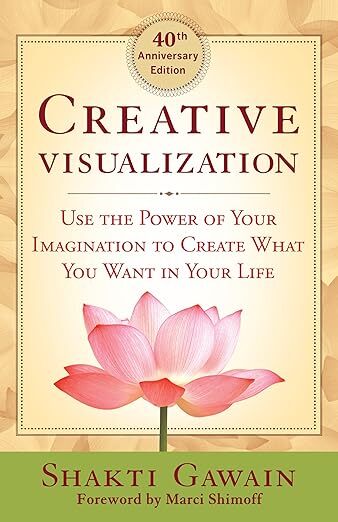Journey Visualization
Follow Your Path Through a Mental Landscape to Find Relaxation

Introduction
Journey Visualization is a meditative practice where you imagine embarking on a dynamic mental journey through a vivid, evolving landscape or narrative, such as a path, forest, or river journey. Unlike static imagery, this technique emphasizes movement and reliving an experience to spark self-discovery, emotional release, and relaxation, making it ideal for stress relief and personal exploration.
What You Need To Know
How To Do It
Instructions:
- Sight: See a winding path through trees, a shimmering river, or a glowing horizon.
- Sound: Hear footsteps on gravel, water lapping, or distant bird calls.
- Touch: Feel a cool breeze, rough bark, or warm sunlight on your skin.
- Smell: Notice scents like damp earth, sea air, or blooming flowers.
- Taste (optional): Imagine sipping fresh water or tasting wild berries.
Spend 30-60 seconds per sense to immerse yourself.
Helpful Tips:
- Keep It Simple: Start with a short journey if visualization feels new.
- Stay Open: Let the narrative evolve naturally without forcing an outcome.
- Use Guided Audio: Recordings can provide structure and enrich the story.
- Be Your Own Guide: As you advance, choose your own journey from your personal history or from your imagination.
- Practice Often: Regular sessions deepen emotional and creative benefits.
- Blend Techniques: Pair with deep breathing or journaling to process insights.
- Make It Yours: Choose settings or stories that feel meaningful to you.
- Be Patient: Storytelling in the mind improves with practice.
- Track Insights: Jot down emotions or ideas after sessions to notice growth.
Related Topics:
Strongly Related
Reduce Stress:
[Links to related web pages]
[Links to related web pages]
[Links to related web pages][Links to related web pages]
Moderately Related
Issue B:
[Links to related web pages]
[Links to related web pages]












